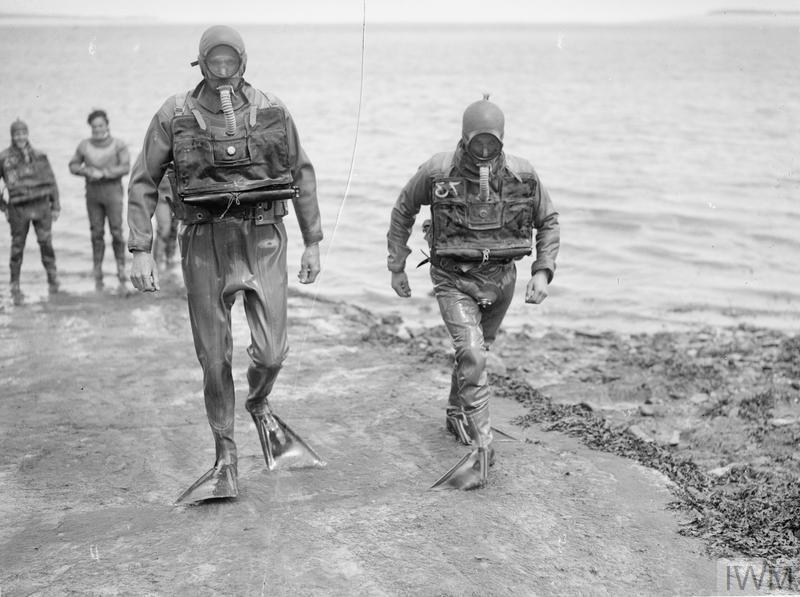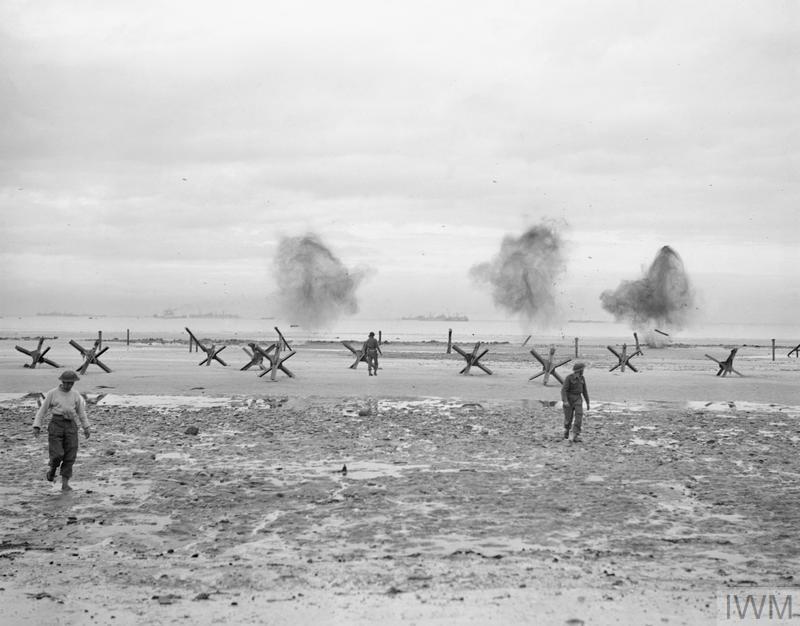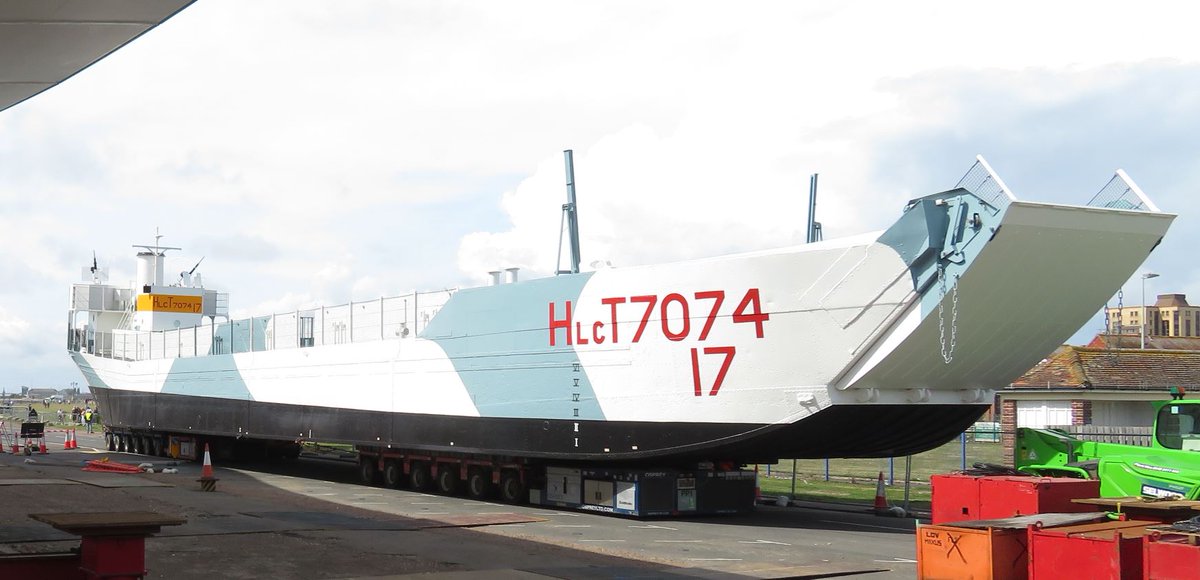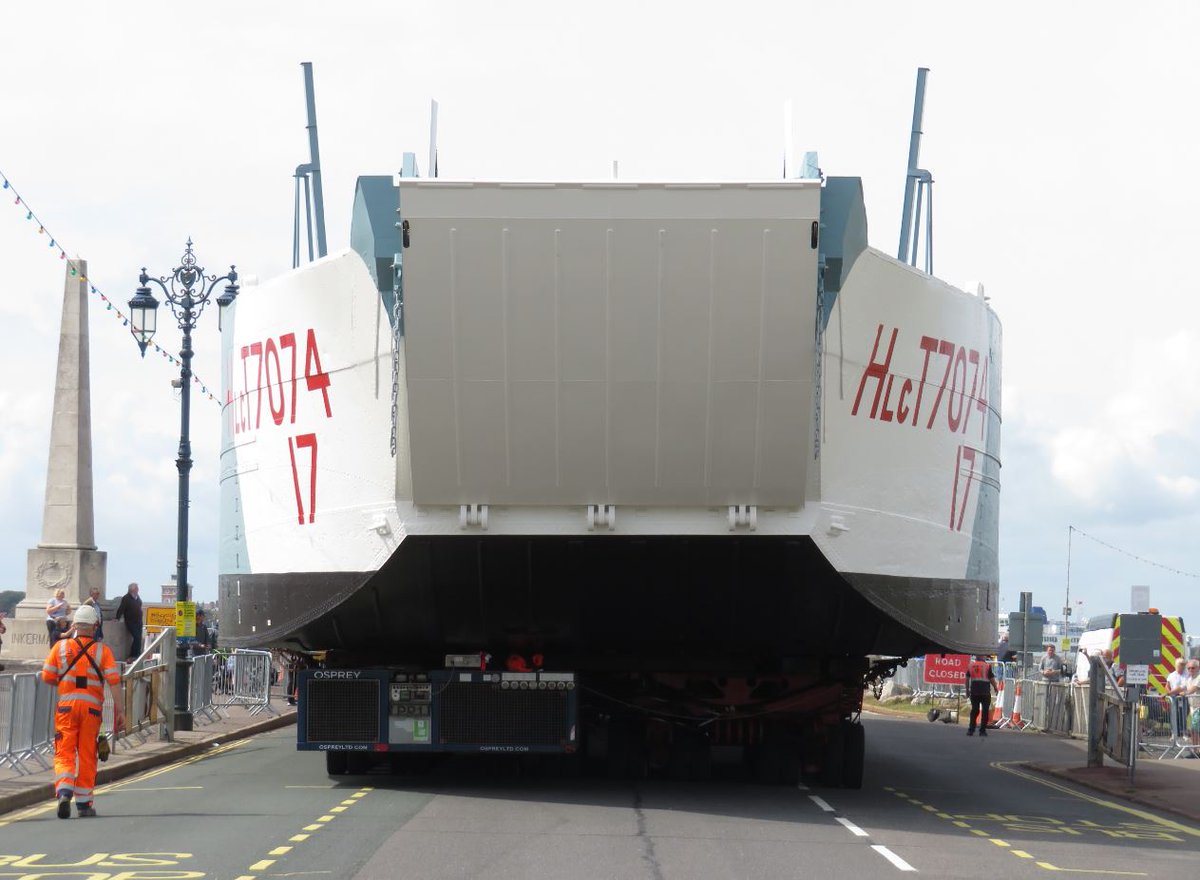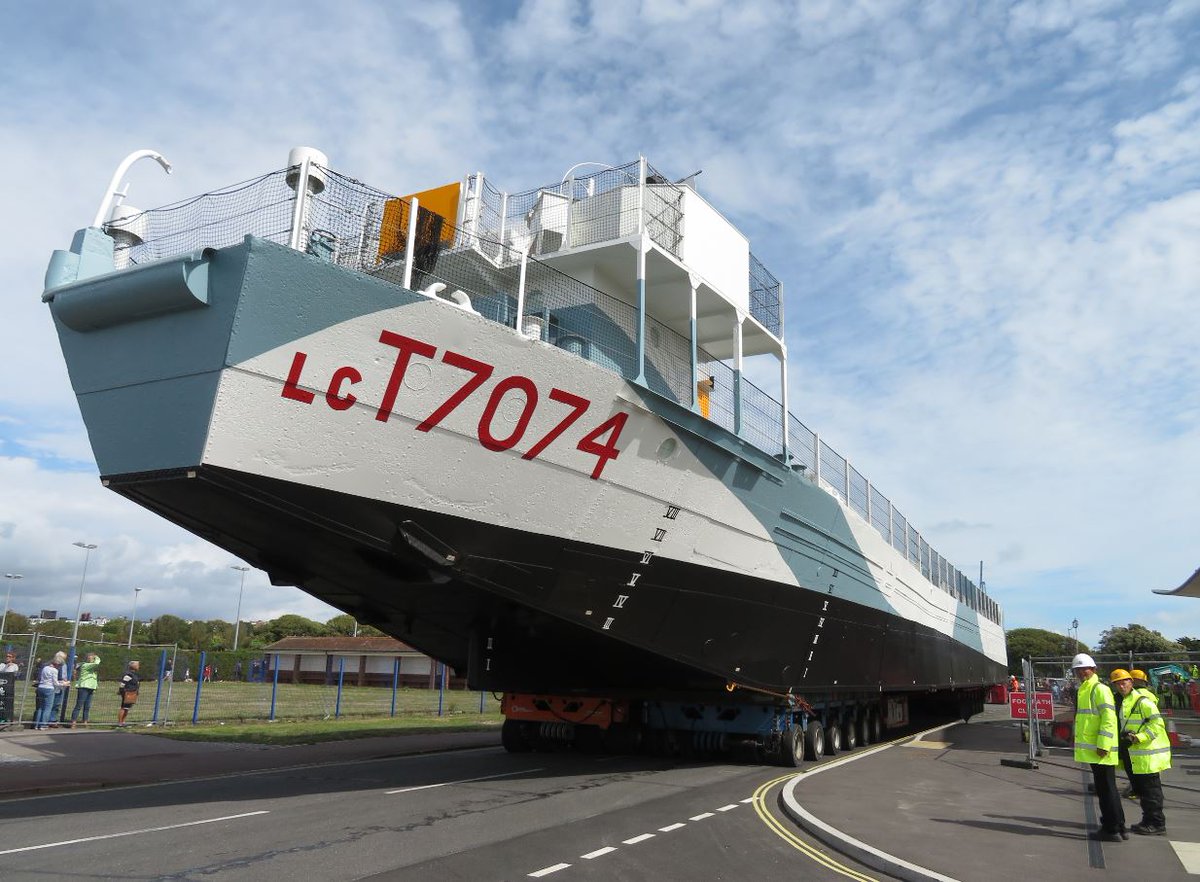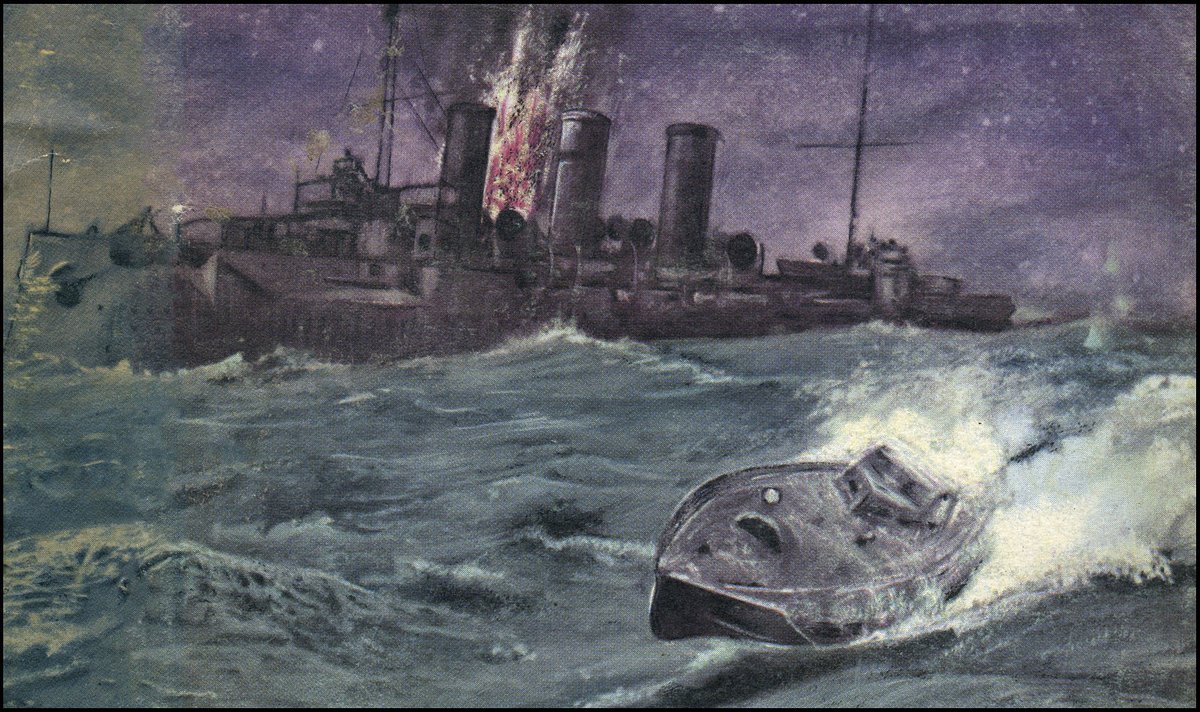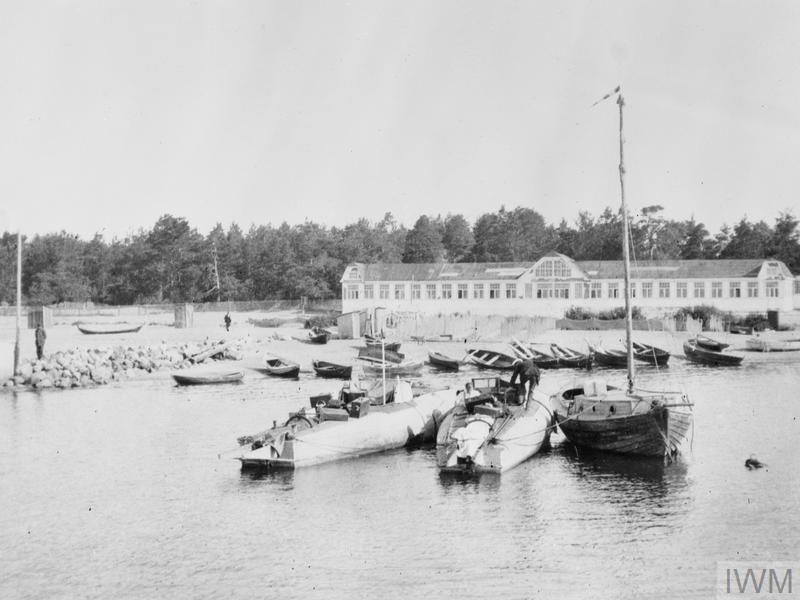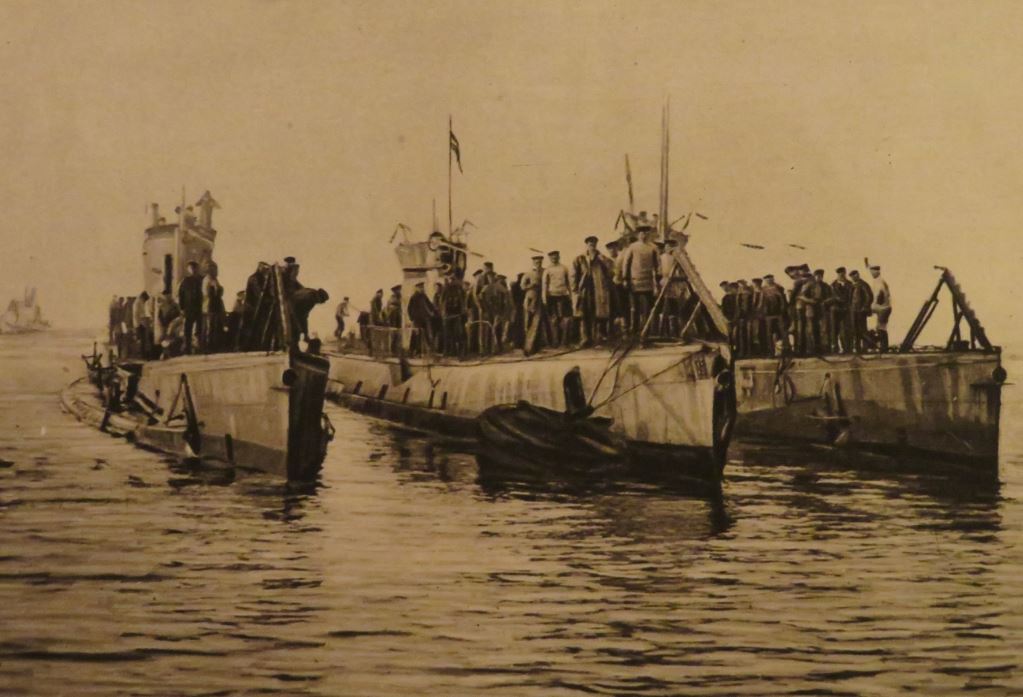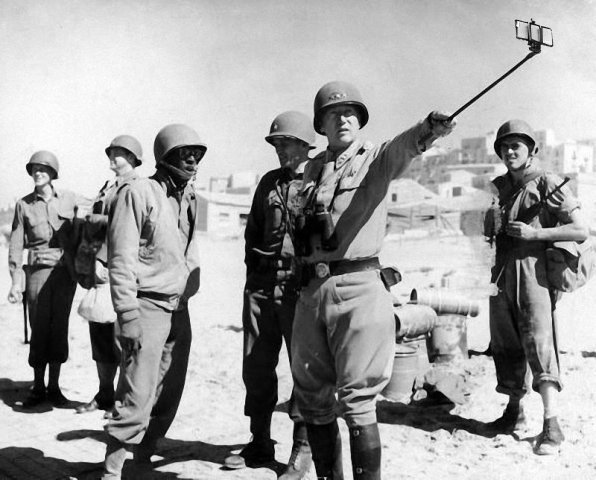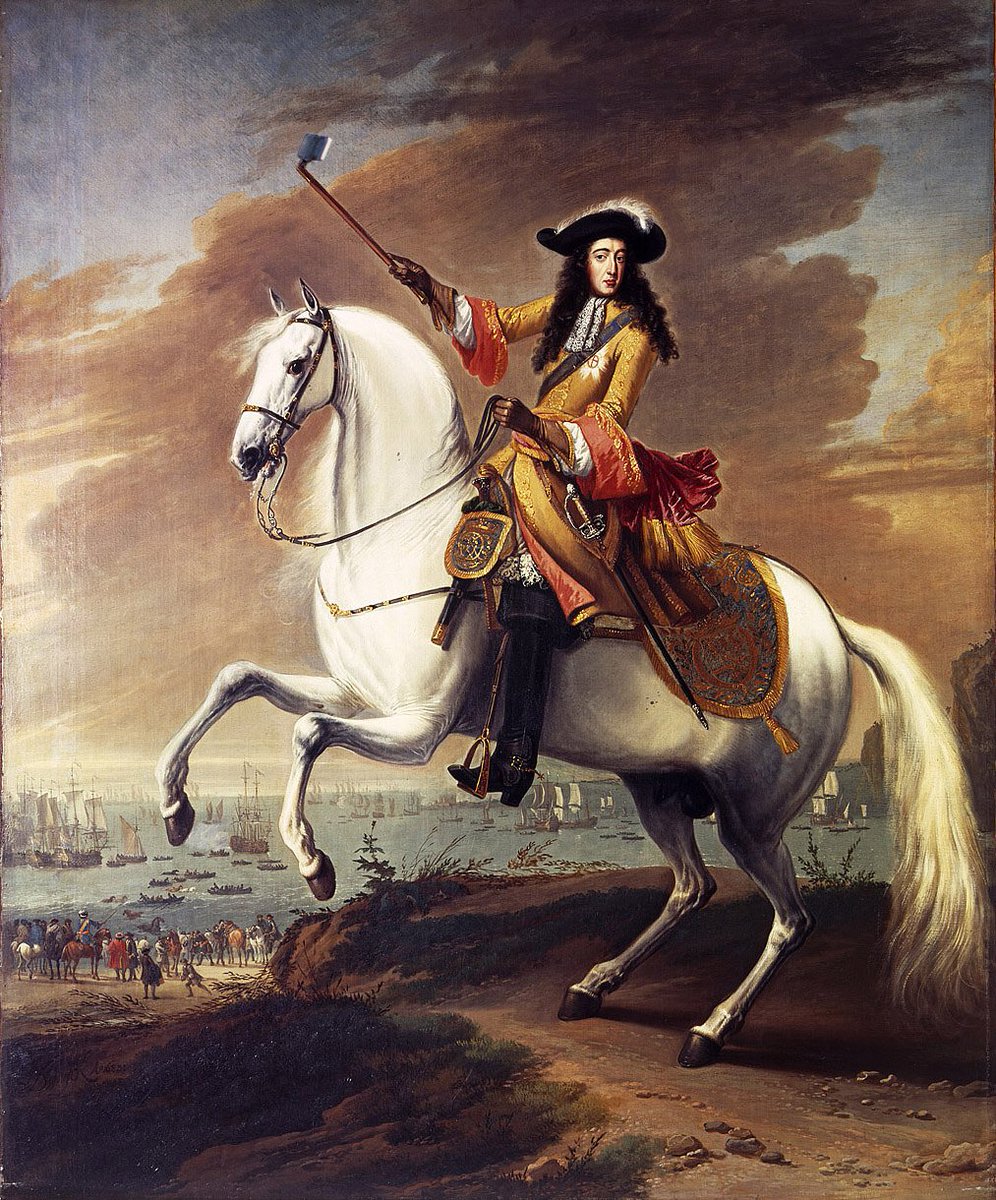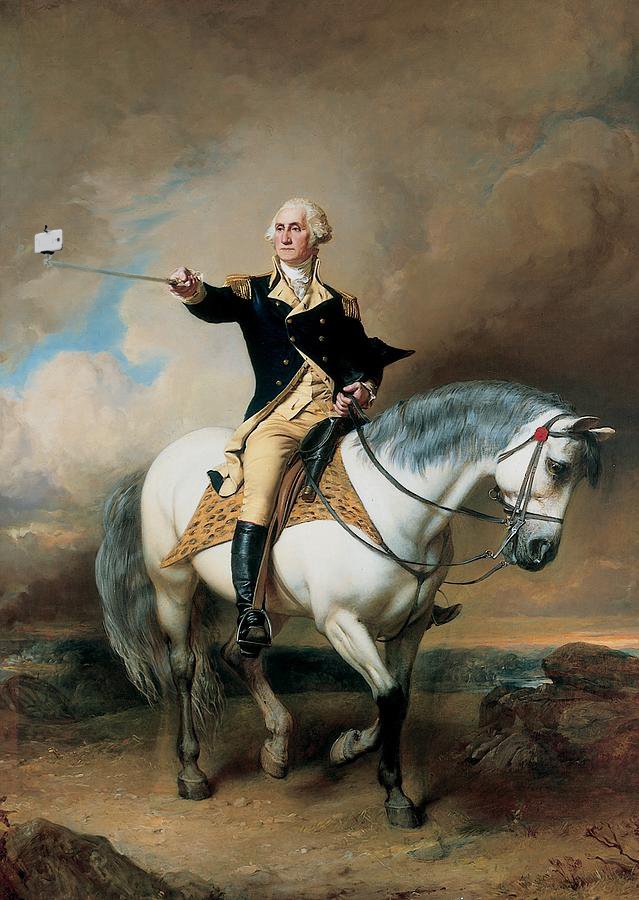
A bit of weekend #EmbarkingtheDDayArmada goodness for you today, with a dip into the Western Task Force embarkation at Weymouth – specifically the US Army Rangers. This is quite a long one and I won’t do it all at once, but I hope it’ll be of interest. 

These pictures of the men embarking at Weymouth are well known, but the detail of exactly what they show is often lacking. It can be quite hard to identify specific Ranger units in the crowd, but it’s much easier to identify the landing craft and sort these images out. 




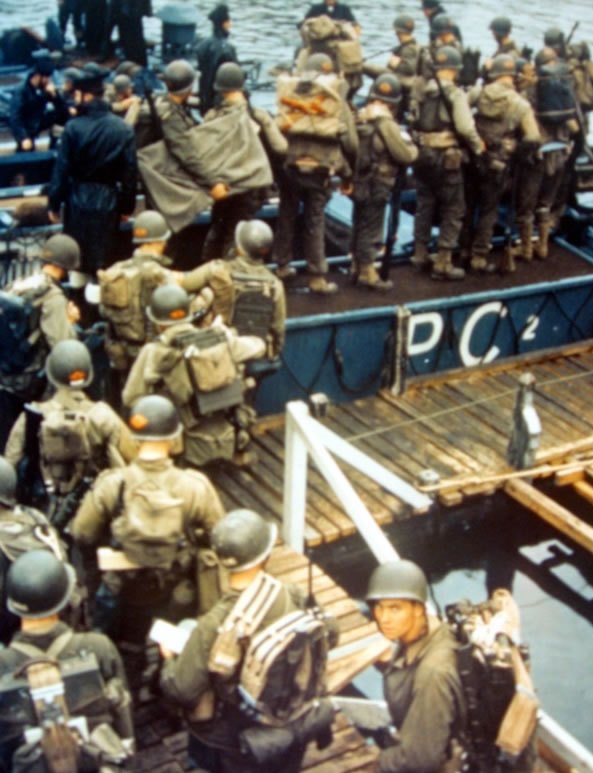


A quick bit of background. Both the 2nd and 5th Ranger battalions were assigned to Force O and Omaha beach, organised into 3 task forces. Their overall mission was to secure the guns at Point du Hoc and the radar station at Pointe de la Percee. 

Force A was D, E, F and HQ companies (coy for short) of 2nd Rangers. This force, under the command of Lt Colonel Rudder, would land at Pointe du Hoc to scale the cliffs and disable the guns of 2/1260 German coastal battery. 

Force B (C Coy, 2nd Rangers) under the command of Captain Ralph Goranson would land from two landing craft at Dog Green Beach at Omaha. This force provides the historical basis for Captain Miller and his Ranger team in the first 30 minutes of Saving Private Ryan. 



Force C was the follow up/exploitation group of A and B Coys, 2nd Rangers and all six companies of 5th Rangers. They would follow up the assault at Pointe du Hoc, or divert to Omaha beach and make their way to the battery by land.
All of the Rangers would travel to Normandy courtesy of the Royal Navy on large Landing Ship Infantry (LSI) transports. Their beach assault would be via Landing Craft Assault (LCA). The embarkation of these troops was carefully scheduled for the morning of 1 June 1944. 





The huge number of vessels rammed into Weymouth and Portland meant there was no space for the LSI to come alongside. Instead the Rangers would embark on their LCA at Weymouth Pier and sail out to their ships in Weymouth Bay. 



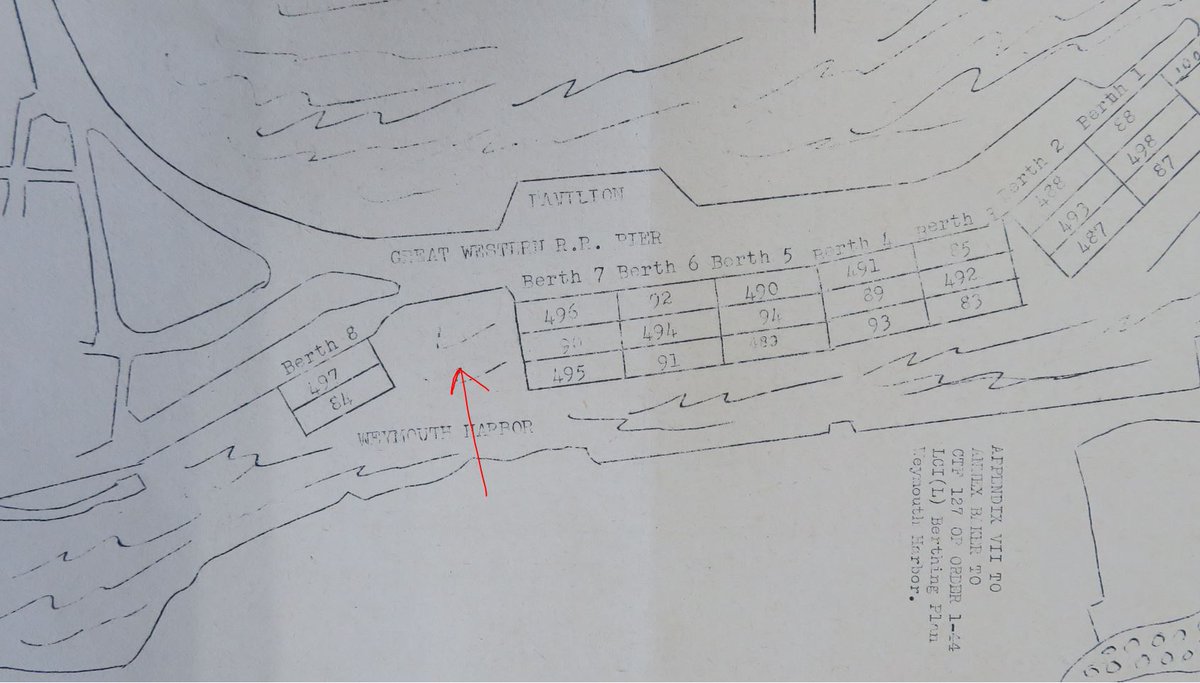



All the subsequent photos and video in this thread are official US photographs now kept at NARA and found all over the internet, and from this video, which is all hopelessly out of order. They'll be a break now, while I edit the relevant bits.
A brief intermission. Weymouth is little changed today, so you can stand exactly where the Rangers did in 1944. You don't have to look far online to find some good 'then & nows' either. Pics shamelessly stolen from online. 







On 1 June 1944 the Rangers marched into Weymouth, their route taking them along the promenade and south towards the pier. 

Sharper eyes than mine may be able to distinguish exact Ranger units here, but I'm not going to try. The footage is all muddled up, so I can't be certain if this is the start of the line or the end!
According to the schedule, the first unit to load would be those sailing on HMS Prince Charles. This was A, B & C coys of the 2nd Rangers. Remember that C coy is Task Force B, the others are C. 



Down at the pier, the Royal Navy landing craft of 501 LCA Flotilla were ready and waiting. Notice in the background LSI (L) 87, 84 and 497. The latter two are where they're meant to be at berth 8, but 87 has moved up to join them from berth 1. In the foreground are USN LCM 3s. 





The men of all 3 companies began boarding the LCAs. This is almost certainly this first group, as the man visible in the second half of the footage is Lt Robert Thomas Edlin of A Coy. He is commonly understood to have been the first Ranger to board and LCA on 1 June.
Edlin was wounded on Omaha beach on 6 June but survived the war. Filing in behind him, more men filled the LCAs of the flotilla. Notice the PC on the sides, indicating parent ship Prince Charles. 





As the LCAs fill up they depart the quayside. Notice how a sailor is in the cox's position of one of the LCM 3s – they'll depart shortly. Notice also LCA 418. This was one of the 2 (the other was 1038) carrying C coy to Omaha. Captain Miller would have been aboard these.
Brief interlude: In Saving Private Ryan, instead of LCAs 418 & 1038, Miller and C coy use US Navy 'LCM 3s'. These were actually converted Royal Navy LCVP Mk II, the successor to the LCA. So they kind of got it right. You can still see these 2 vessels in Ouisterham and Shoreham. 







501 Flotilla used an orange identification, visible on the front of the LCAs and the stern. As they depart, LCAs 550, 623 and 624 of 504 LCA Flotilla are already entering Weymouth harbour ready to take their place. Remember the schedule only allowed 30 minutes per flotilla! 



And as soon as 501 Flotilla are gone, 504, attached to Prince Leopold, take their place. This picture has to be 504 – only their flotilla pennants matches the visible numbers on the LCAs. Front row left is 622 or 623, then 568 and 550. At the back we can see LCA 1045 and 570. 



And the sun is out! It's hard to be certain of the exact angle of this lovely shadow, but it certainly fits with being roughly the 10.30-11am mark. 

Here we get a better look at the back row and the tell tale PL indicating Prince Leopold. These Rangers are therefore C, D and F coys of 5th Rangers, part of Task Force C, the follow up wave that might land at Pointe du Hoc or Omaha.
We can match a few more photos now. Thanks @Npteggchaser, who spotted the petty officer in this photo and the colour one. In the second photo, the equipment on the LCA deck matches that seen on LCA 550. 





Behind these groups, more Rangers are coming into town and passing through the Red Cross tent. I think the path to the shore at the start may be next to Seascape Cafe opposite Westerhall Road, but it's hard to be sure.
Next to load are the LCAs for Prince Baudouin a converted ferry. This is the 507 LCA Flotilla, and their load was to be A, B and E Coys of 5th Rangers, joining their sister companies in Task Force C. 





There're less photos of 507 Flotilla in Weymouth, but these two are very well known. This has to be 507 flotilla, because the men are from E coy 5th Rangers, and have been identified for some time. 





But here we get some classic images of the flotilla after it's departed Weymouth Harbour and gone into the Bay. Notice the PB on the sides, indicating Prince Baudouin. 





There's a nice bit of film of this journey too. The nice view of LCA 521 confirms it's 507 Flotilla. @agbdrilling
Once they reach Prince Baudouin the LCAs are hoisted aboard. this picture thinks they LCAs are being lowered, but its actually the other way around. 

And here's the film to prove it.
Back at Weymouth, 520 LCA Flotilla from HMS Ben-My-Chree were coming in to pick up E, F and HQ coys of 2nd Rangers, the lead group of Task Force A, bound for Pointe du Hoc. 





Sadly, I've only been able to identify one photo of 520 flotilla, and none from 522 from SS Amstersdam carrying D and E coys 2 Rangers that made up the rest of Task Force A. This is a shame,as 520 included LCA 888, Lt Col Rudder's vessel on D-Day. It may be one of these though. 

It looks quiet at Weymouth now, but the harbour was in use for these LCA and LCVP shuttling runs all day and the next. I haven't begun the mammoth task of trying to identify the numerous other pictures from Weymouth, but this one appears to show 116th RCT bound for Omaha. 



On their LSIs, the Rangers were expecting to be aboard for 3 nights before sailing on the 4th. In the end they didn't sail till the 5th, and had plenty of rest time.
But it can't have all been rest. This may be Prince Baudouin again: the LCA is lowered from the davit and loaded with men, but they don't stay on it. Notice the ratings aren't in wet weather gear, so they're not going anywhere. This is a bit of practice.
It's nice to contextualise these images a bit and to identify the landing craft that are so often overlooked. I may have a few details to add later and I might go into the story on the other side of the Channel. Everyone knows it's this side that interests me the most though! 

• • •
Missing some Tweet in this thread? You can try to
force a refresh

